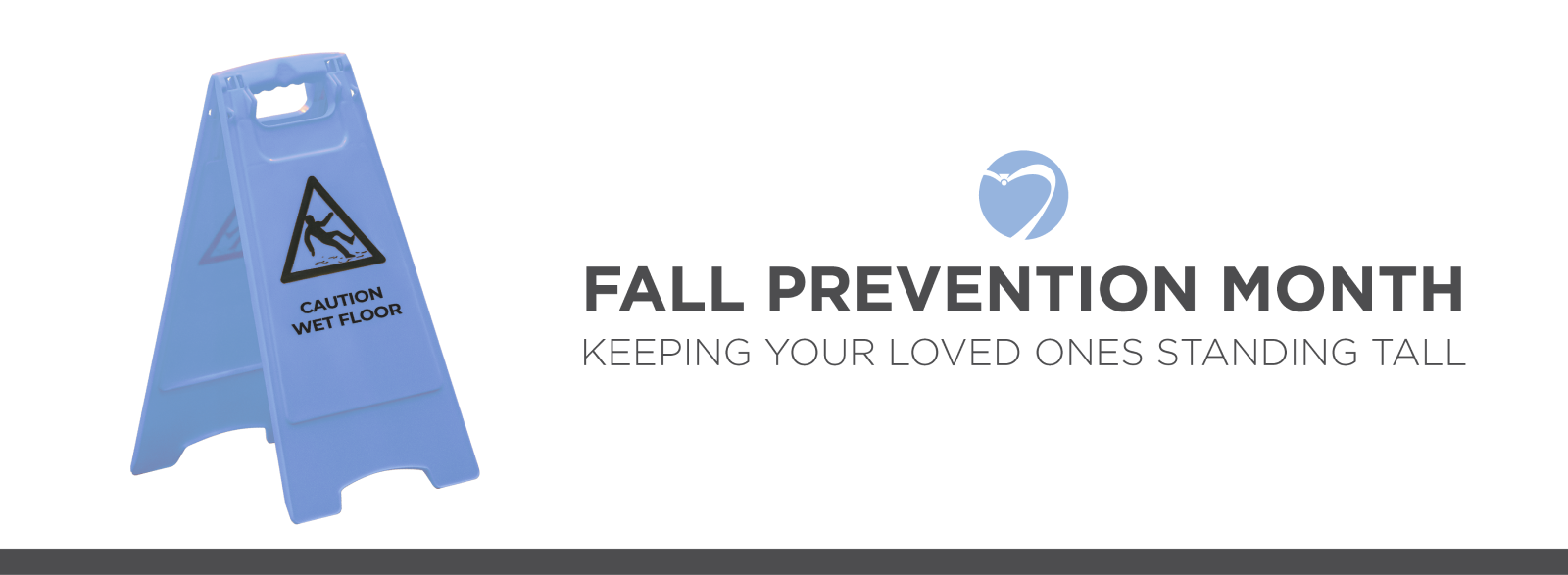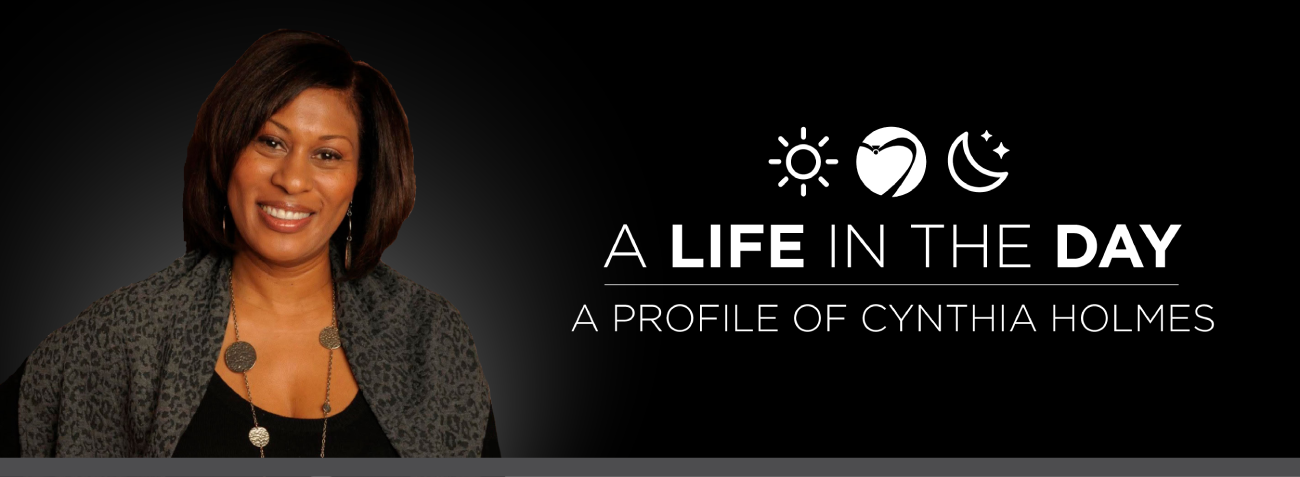Our Blog
Keep Up With What's Happening!
.png)

contact us to speak directly to a care team expert:

Bone Up on Your Healthy Practices – June 26, 2014
We take our skeletons for granted. As children, skeletons are little more than spooky Halloween decorations; but as we age, our bones can become the difference between aging well or painfully.
One of the major diseases that effects the skeleton, Osteoporosis, is often forgotten when people consider the perils of aging. The disease weakens bones, making them thin and fragile. The disease means that painful breaks and slow, incomplete healing are common occurrences.
“Osteoporosis is especially common in older women,” says the National Institute on Aging. But the group is quick to point out that the disease doesn’t only effect women. “One out of every two women and one in four men over age 50 will have an osteoporosis-related fracture in their lifetime, most often breaking bones in the hip, spine, and wrist.”
There are many genetic factors that determine whether you’re prone to this disease. Sadly, being a post-menopausal woman means that you’re already in the risk category. People who are naturally small and thin run a greater risk. Caucasian and Asian women (though all races can suffer from the disease) tend to develop the disease in larger numbers. A few chronic disorders, such as rheumatoid arthritis, type 1 diabetes and anorexia might mean you’re especially susceptible to the disease. If you are in any of these categories, it’s important to monitor your bone density and health.
Though many of the risk factors of Osteoporosis are genetic, there are a few things you can do to strengthen your bones and reduce the likelihood of the disease occurring. Smoking, which is detrimental to your health for many reasons, can weaken your body systems and your bones. Excessive alcohol consumption is another risk factor. The CDC recommends that men have no more than 2 drinks per day and women limit themselves to 1 drink per day.
To bolster your bones, the National Institute on Aging recommends consuming a diet that is rich in dairy products, calcium and vitamin D. It’s also important to keep your body strong through exercise.
Because Osteoporosis is often hard to diagnose before a bone break, it’s often called the “silent disease”. It’s important to be vigilant with your health, so be aware of these warning signs. First, and most obvious, if you break a bone past the age of 45, you are at risk. If you’ve found yourself shrinking, or losing height, it may be time to see a doctor. Be aware of your posture and body, if you’ve developed a hunch or sudden back pain, consult your physician.
At Capital City Nurses, we know that good bones are a sign of a bright future. So make sure you drink your milk and keep yourself active so you and your skeleton will continue looking good through the years.




-01.png)










